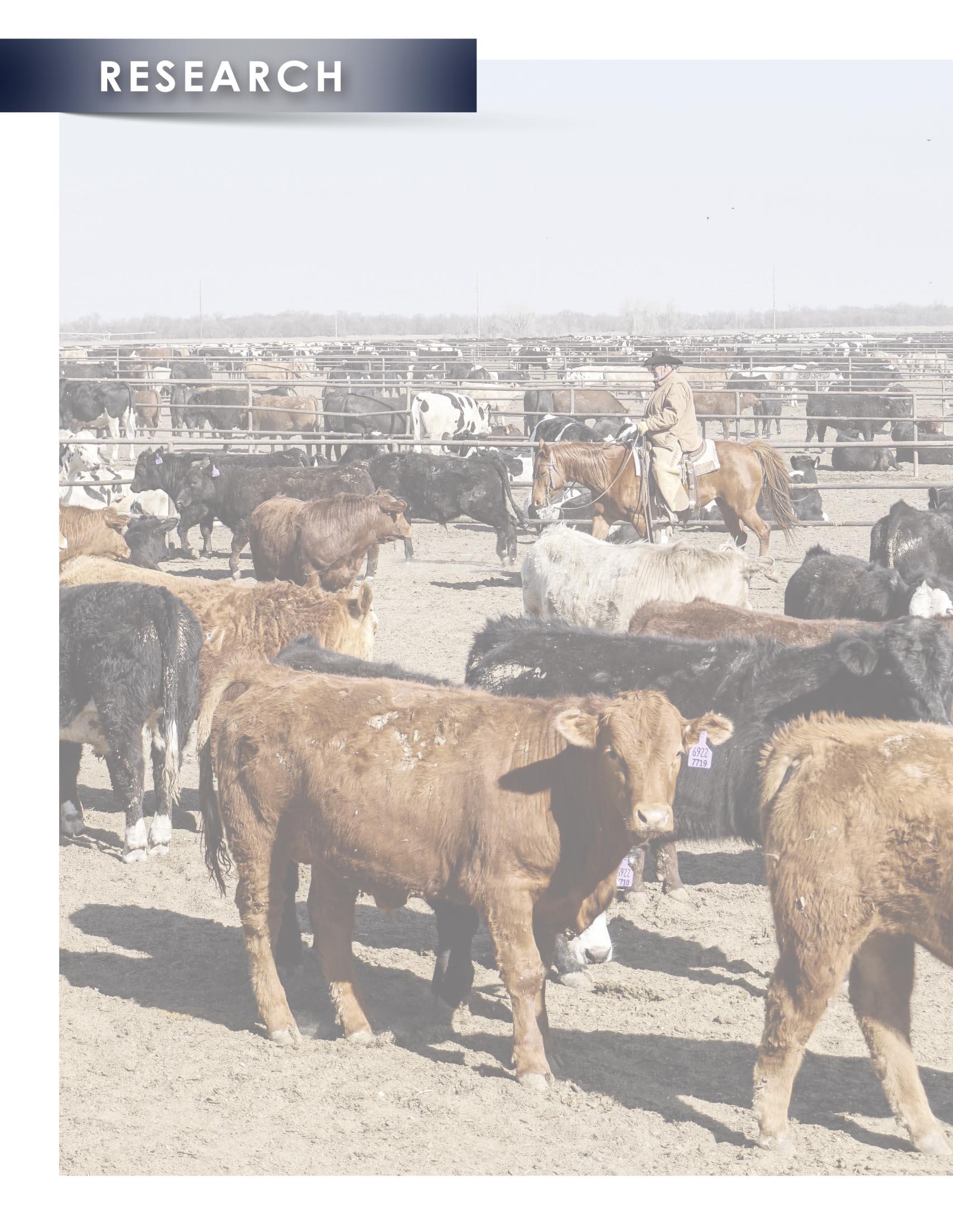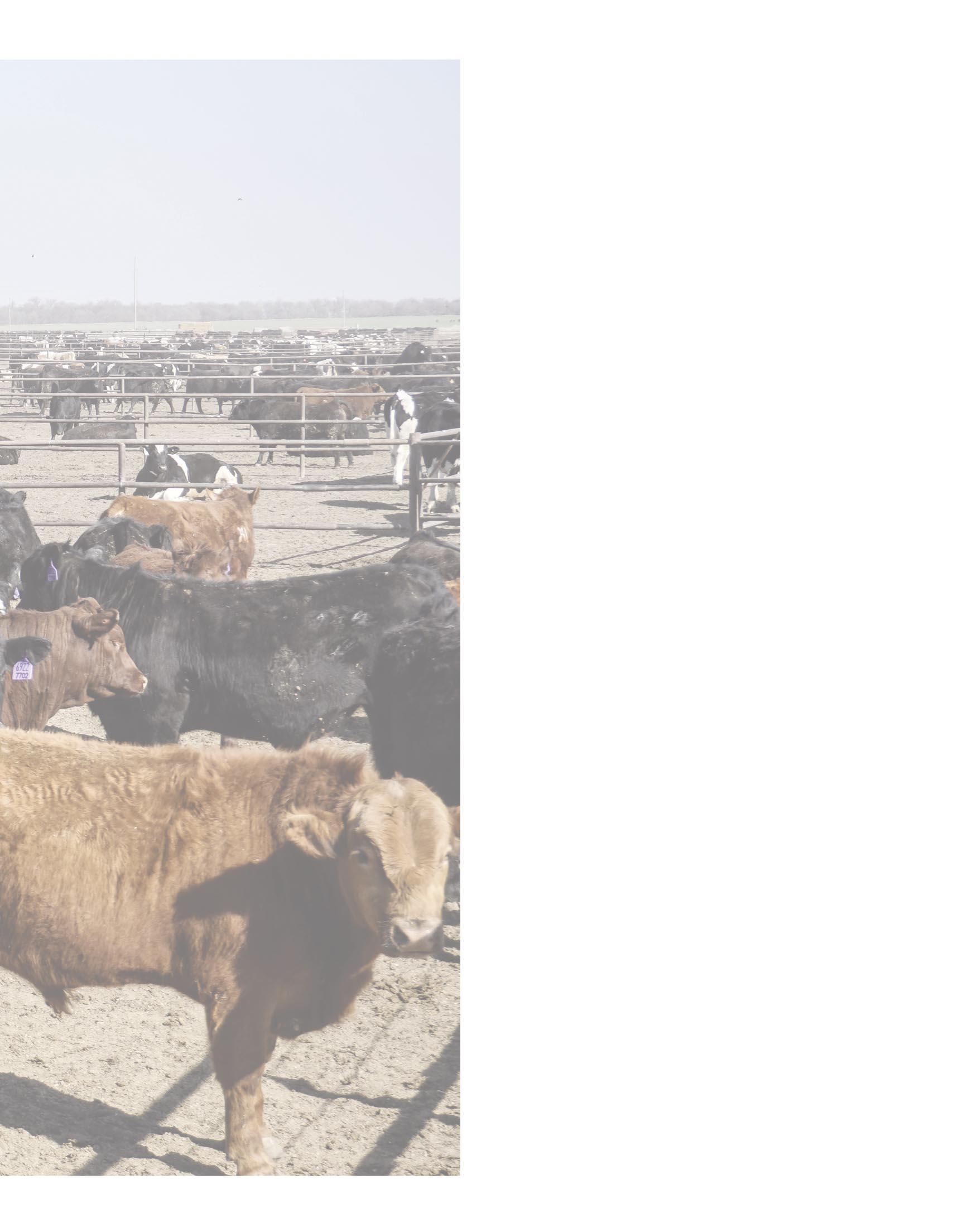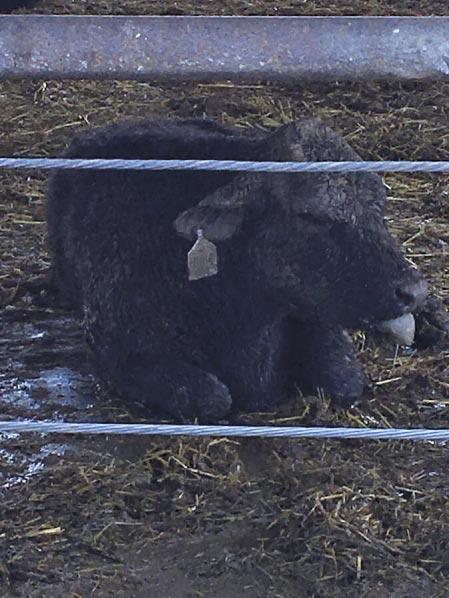
4 minute read
Chuckles from Down Under
A wealthy man decided to go on a safari in Africa. He took his faithful pet dog along for company.
One day the dog starts chasing butterflies and before long he discovers that he is lost. So, wandering about, he notices a leopard heading rapidly in his direction with the obvious intention of having lunch.
The dog thinks, “Boyo, I’m in big doodoo now.”
Then he noticed some bones on the ground close by and immediately settles down to chew on the bones with his back to the approaching cat.
Just as the leopard is about to leap, the dog exclaims loudly, “Man. That was one delicious leopard. I wonder if there are any more around here.”
Hearing this, the leopard halts his attack in mid stride, as a look of terror comes over him, and slinks away into the trees.
“Whew,” says the leopard. “That was close. That dog nearly had me.”
Meanwhile, a monkey, which had been watching the whole scene from a nearby tree, figures he can put his knowledge to good use and trade it for protection from the leopard. So, off he goes.
But the dog saw him heading after the leopard with great speed and figured that something must be up.
The monkey soon catches up with the leopard, spills the beans and strikes a deal for himself with the leopard. The cat is furious at being made a fool of and says, “Here monkey, hop on my back and see what’s going to happen to that conniving canine.”
Now the dog sees the leopard coming with the monkey on his back and thinks, “What am I going to do now?”
But instead of running, the dog sits down with his back to his attackers, pretending he hasn’t seen them yet. Just when they get close enough to hear, the dog says, “Where’s that monkey? I can never trust him. I sent him off half an hour ago to bring me another leopard and he’s still not back!”
Add It to the List: Listeriosis
By Jacob Hagenmaier DVM, PhD, Production Animal Consultation
Commonly referred to as “Silage Sickness” or “Circling Disease” in ruminants, listeriosis is a disease caused by Listeria monocytogenes , a gram-positive bacterial species. The disease typically affects the nervous system, and spoiled silage is believed to be the most frequent source of infection as its common name suggests. Because of this, the seasonality of listeriosis is often highlighted with cases most prevalent during winter and spring months as livestock are managed in confined settings. However, ensiled forages are a common feedstuff incor porated into feedlot diets yearround which necessitates maintaining an understanding of the key aspects regarding listeriosis.

Listeria monocytogenes is extremely hardy and grows under a wide range of temperature (39 to 111°F), making prevention and control of the pathogen challenging. It is a facultative anaerobe, meaning the bacterium derives its energy from aerobic metabolism in the presence of oxygen but can shift to anaerobic metabolism when oxygen is not available. These traits allow the bacteria to maintain natural reservoirs within the soil, waterways, and the gastrointestinal tract of mammals, potentially contaminating vegetation that is later ensiled. In many cases, the presence of Listeria monocytogenes in silage may go undetected as small loads of the bacteria do not cause clinically detectable insults to the animals. Conversely, case reports dealing with clinical listeriosis on a single feedlot premise describe multiple, sporadic occurrences of cases, suggesting “hot spots” within the silage with greater bacterial loads. A study evaluating corn silage from dairy farms in Spain reported a 29.5% prevalence of Listeria species in silage with a pH above 4.5 versus a prevalence of 6.2% for silage with more acidic pH levels, emphasizing the need for proper ensiling so that fermentation processes drive the pH to low enough levels to inhibit multiplication of the bacteria. Pockets of silage with aerobic deterioration leading to an environment that propagates Listeria population may also appear more frequently near the end of the pile as more time has elapsed.
Listeriosis can present in three different systemic forms in ruminants: septicemic, abortive, and encephalitic. The most common form of listeriosis is encephalitic, meaning inflammation of the brain. Once ingested, the bacteria translocate to the brain via hematogenous spread (through the blood) or by ascending the trigeminal nerve. The bacteria have affinity for the brainstem where they cause micro-abscesses and other microscopic changes. These effects on the brainstem are responsible for the clinical signs produced by listeric encephalitis and include inappetence, disorientation, excessive salivation, circling, and signs of cranial nerve dysfunction such as unilateral cranial nerve dysfunction (drooping ears, lowered eyelids, and deviated muzzle) (Figure 1). Clinical signs are fairly similar across the ruminant species, although the disease progression generally takes longer (10 to 14 days) in cattle. Definitive diagnosis of listeriosis is dependent on isolation of the Listeria monocytogenes bacterium and is fairly intensive to perform on livestock animals. Most commonly, brain tissue from deceased animals suspected to be affected by listeriosis is submitted for bacterial isolation and histopathology of the brainstem.
Clinical outbreaks can be frustrating and mitigation a challenge. These outbreaks are usually sporadic throughout the yard as feedstuffs are the typical route of infection. This differentiates it from encephalitis disease caused by a contagious infectious pathogen such as Histophilus somni. Due to the sporadic presentation, interventions outside of treatment of clinical animals are a large undertaking. Often, comorbidities and associated increases in mortality may be seen throughout a population despite an absence of animals presenting with encephalitic signs.
Treatment success is dependent on a well-defined case definition and timely identification so that early, aggressive administration of antibiotics can be implemented. High antibiotic doses are warranted to achieve effective levels in the brain. Multi-day, high-dose regimens of penicillin could be effective, although treatment success is generally guarded in cattle already displaying severe signs of disease. Tetracyclines have been used prophylactically in situations with incoming cattle at a premise under listeriosis challenge. Affected cattle do not respond to treatment with thiamine, another potential way to differentiate listeriosis from other forms of nervous system dysfunction in cattle. Discontinuation of feeding silage or other rotten vegetation potentially contaminated with Listeria may be warranted in large outbreaks.

References
Vilar MJ, Yus E, Sanjuán ML, Diéguez FJ, Rodríguez-Otero JL. 2007. Prevalence of and risk factors for Listeria species on dairy farms. Journal of Dairy Science, 90(11): 5083-5088.
Dhama K, Karthik K, Tiwari R, Shabbir MZ, Barbuddhe S, Malik SVS, Singh RK. 2015. Listeriosis in animals, its public health significance (food-borne zoonosis) and advances in diagnosis and control: a comprehensive review. Veterinary Quarterly, 35(4): 211-235.
Figure 1: Neural lesion caused by listeriosis leads to clinical signs such as drooping ears, eyelids, and protrusion of the tongue.












